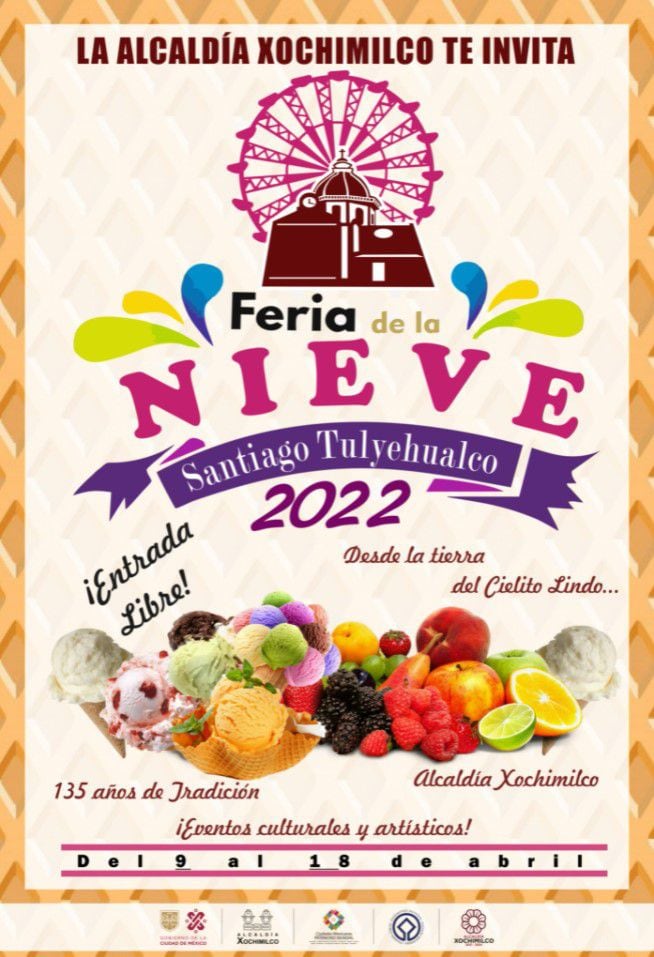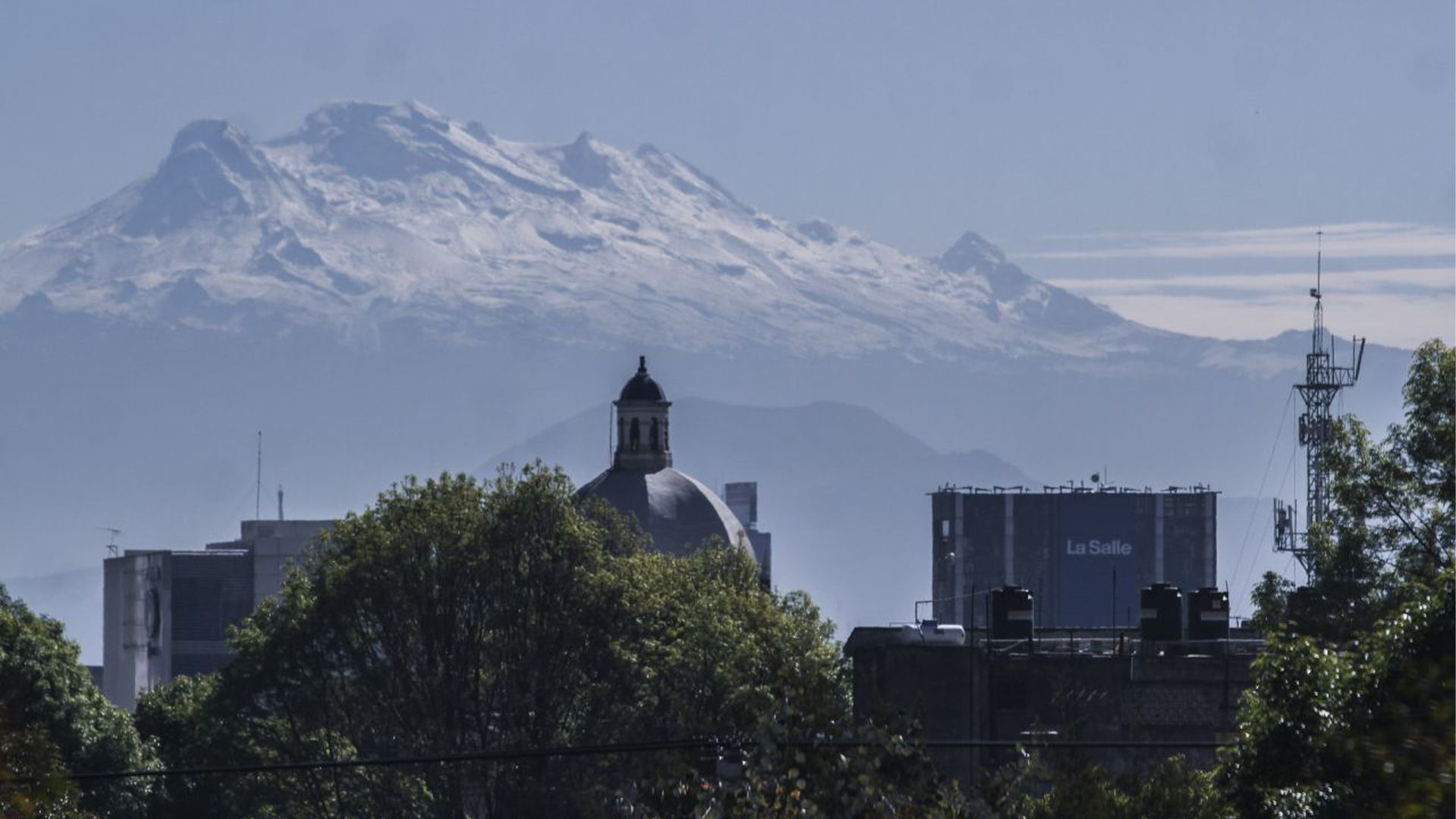
During Easter, the traditional Santiago Tulyehualco National Snow Fair will be held in the mayor's office of Xochimilco, he reported through his social networks.
The fair has been held for 135 years, although, according to the website of the National Snow Fair, the refrigerator tradition dates back to colonial times in 1529, when the evangelizer Fray Martín of Valencia, established the Snow Fair in that year, according to the Mexico City website. And although it was canceled in 2020 due to the COVID-19 contingency, it is available again this year.
Snow production has its antecedents in pre-Hispanic times, where Mexican corridors extracted blocks of ice from the Iztaccihuatl and Popocatepetl volcanoes. Although this product had a certain religious connotation, so it was only consumed by priests and great lords.
In the collected snow, fur bags were used where it was put and covered with ixtle fibers to keep it cold. Then it was ground and mixed with sweet syrups such as maguey, tuna or corn.
Apart from the collection of snow in the mountains, it was obtained from hail or water was used that was frozen in cold places as was done in Michoacán.

Since then, the inhabitants of Santiago Tulyehualco have continued with the celebration, who “have preserved and inherited their artisanal and 100% natural techniques for snow production”, according to the City's site.
For its part, the page of the Mayor's Office of Xochimilco mentions that the Fair evolved and was taken up in 1885 by the local families, who continued with the refrigerator tradition.
According to an image shared by the mayor's office, the fair will take place from April 9 to 18 in Tulyehualco and admission will be free for all public.
But what is snow without good company! They also pointed out that there will be different events that will liven up the tasting of the snows of tequila, mamey and rattlesnake.
In it you will be able to taste snows based on water and milk of all kinds of flavors. From the most common ones such as lemon, strawberry, chocolate, to the most exotic ones, such as mole, shrimp, tomato or cactus.

During the viceregal era in Mexico, snow production was carried out by the monopolies of the government of New Spain known as tobacconos or ponds, which lasted until Antonio López de Santa Anna's departure from government in 1854.
The Spaniards hired indigenous peoples who lived near the mountains to remove the blocks of ice. These were collected with bars and wrapped rags and salt to prevent them from melting.
By 1596 snow and ice cream were already quite consumed, although only by the Spanish and Creole aristocracy due to their high costs. Convents would also be added to the production by the 1600s.
Of course, the high prices and exclusivity of the acquisition did not prevent the snow from being consumed by low-income classes. Faced with this curiosity, the “civil servants” or clandestine snow vendors emerged.
After the elimination of the snow tobacconist, the neveros continued to this day, giving us refreshing flavors in hot weather.
KEEP READING:
Últimas Noticias
Debanhi Escobar: they secured the motel where she was found lifeless in a cistern
Members of the Specialized Prosecutor's Office in Nuevo León secured the Nueva Castilla Motel as part of the investigations into the case

The oldest person in the world died at the age of 119
Kane Tanaka lived in Japan. She was born six months earlier than George Orwell, the same year that the Wright brothers first flew, and Marie Curie became the first woman to win a Nobel Prize

Macabre find in CDMX: they left a body bagged and tied in a taxi
The body was left in the back seats of the car. It was covered with black bags and tied with industrial tape
The eagles of America will face Manchester City in a duel of legends. Here are the details
The top Mexican football champion will play a match with Pep Guardiola's squad in the Lone Star Cup

Why is it good to bring dogs out to know the world when they are puppies
A so-called protection against the spread of diseases threatens the integral development of dogs




